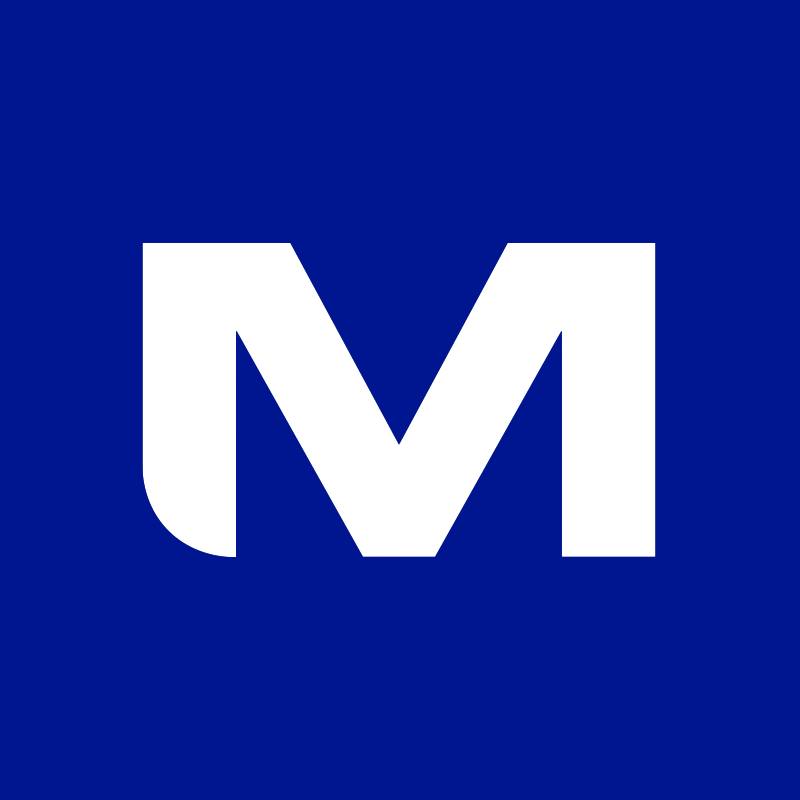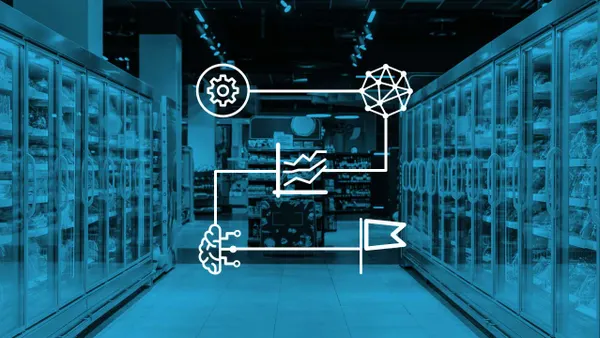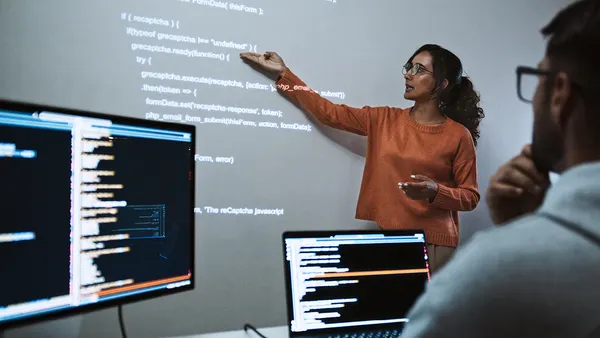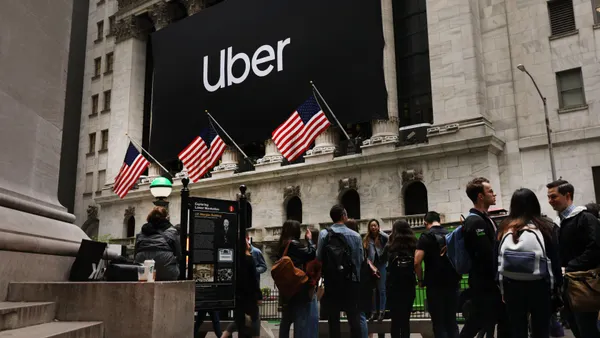Dive Brief:
- SAP announced a blockchain technology hub, the Information Collaboration Hub for Life Sciences, which the company said could aid in keeping counterfeit pharmaceutical products off the market, according to a press release.
- The technology allows the final customer to use the barcode of the purchased product to check the item's serial number, product code and other information. The information is entered by the manufacturer and stored on the blockchain.
- SAP said its solution will help with compliance of the Drug Supply Chain Security Act (DSCSA) passed in 2013 with the goal of using more technology to better trace prescription drugs and reduce people's exposure to counterfeits.
Dive Insight:
Counterfeit medicine is no small problem. In fact, it is "the most lucrative sector of the global trade in illegally copied goods," according to a report from PwC, and about 1 million people die every year after taking counterfeit drugs.
Being able to track the drugs is an important step in slowing this supply of illegitimate product. Sen. Michael Bennet (D-Colo.), who introduced the DSCSA, said this was the goal of the legislation when it was signed in 2013.
"This new law will help us know where those pills have been and who has handled them since the day they were manufactured," he said at the time.
Now, medicines sold in the U.S. market have to be uniquely identifiable. SAP's solutions does this with a randomly created ID, according to Oliver Nuernberg, the chief product owner of SAP for Life Sciences.
"Manufacturers print these IDs on the pack and push the product pack data into the blockchain," Nuernberg said in an email to Supply Chain Dive. "Users scan the 2D matrix barcode on the pack which contains that unique identifier and verify the existence of that exact ID in the blockchain." An end user can scan the package with a smartphone to ensure it is real, Nuernberg explained in a promotional video for the product.
Manufacturers will write the package data onto the ledger by sending XML messages into the SAP product, which then converts the message to appear on the blockchain . This information will live in a cloud platform built on SAP Cloud Platform and Multichain, Nuernberg said. The information on the blockchain is then available to everyone along the supply chain so it can be verified.













